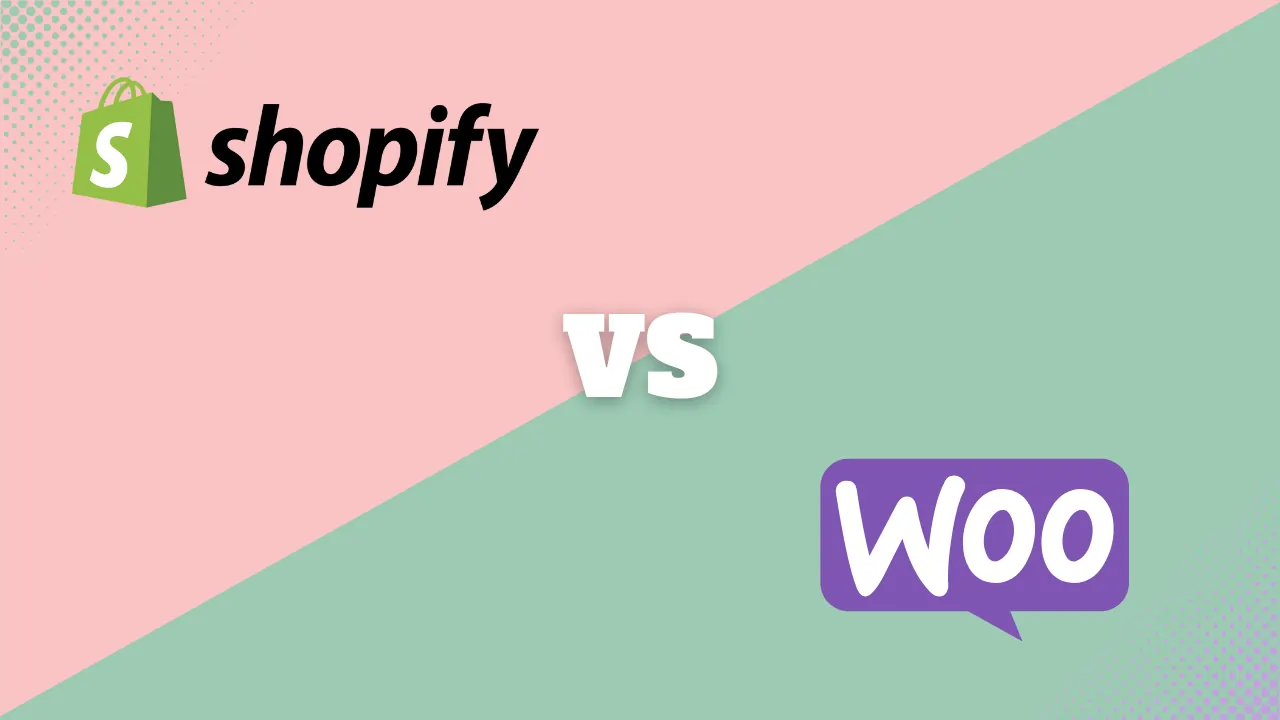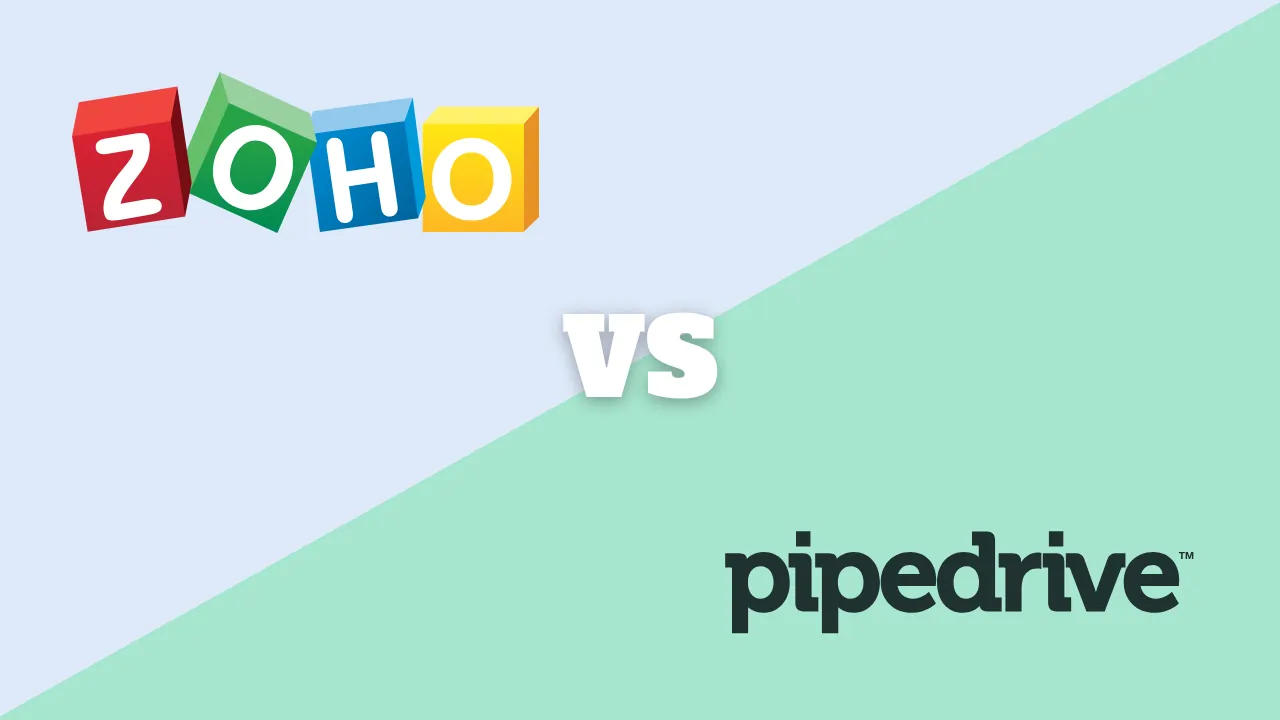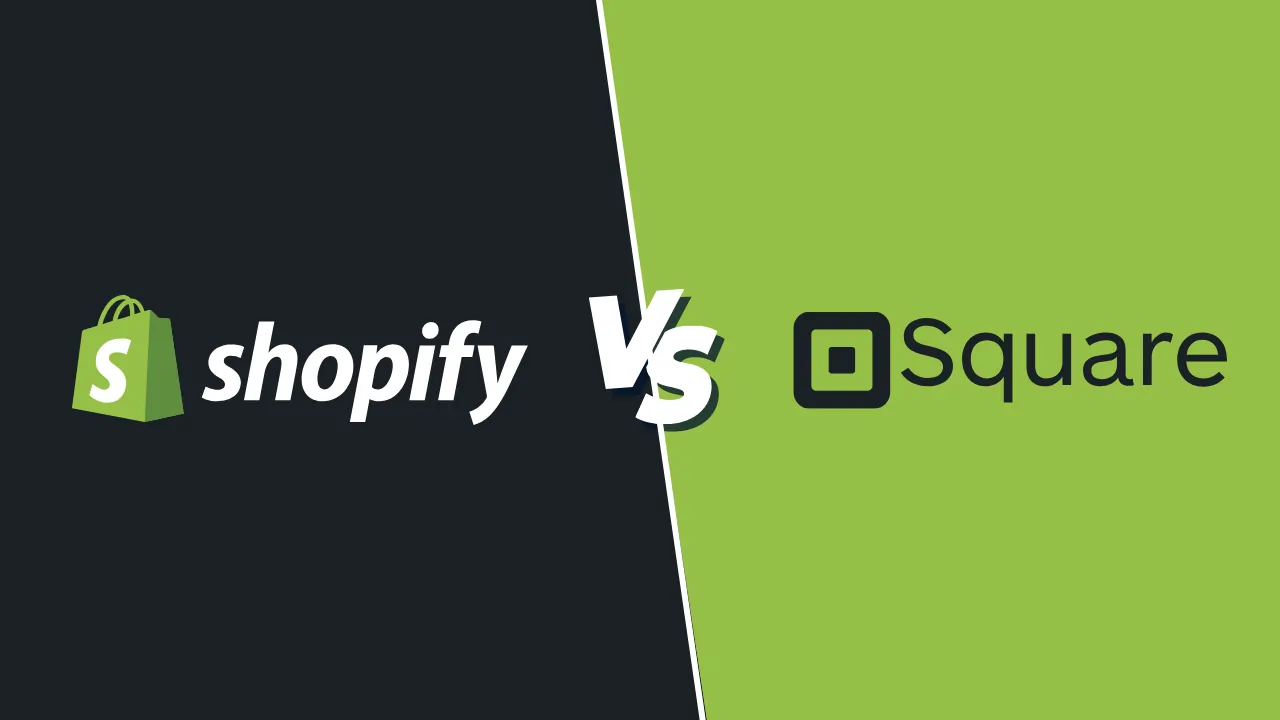Pricing Strategy Calculator
Sonary’s Pricing Strategy Calculator helps small and mid-sized businesses find the right price for their product or service. It functions as a product pricing calculator and generator, combining your costs, margins, and production volume to calculate a smart, competitive selling price. Whether your business is using cost-plus, value-based, or competitor-based pricing, this free pricing calculator gives you the whole picture.
No spreadsheets. No guesswork. Just a clear price per item and a full breakdown of your profit margin, cost structure, and break-even point based on your actual numbers.
Pricing Strategy Calculator
Pricing Results
Break Even Analysis
Pricing Strategy Tips
- • Aim for a profit margin of at least 10-15% for sustainable growth
- • Consider value based pricing if your product has unique benefits
- • For new products, penetration pricing (lower initial price) can help gain market share
- • Premium pricing works when quality and brand perception are strong
How to use the Pricing Strategy Calculator
The tool is built to be intuitive, so you can get answers fast without needing an economics degree. Here’s how to use it:
Step 1: Enter your cost per unit
Type in how much it costs to produce or source one unit of your product. This is your base production cost before any markup.
- Example: You enter $50.
Step 2: Add your markup percentage
Enter the percentage of profit you want to add on top of your cost. This helps the calculator determine your recommended selling price.
- Example: You enter 40%
Step 3: Add your fixed costs
Include any regular business expenses that don’t change with the number of items sold, like rent, salaries, or utilities. Choose whether you want to calculate monthly or annually.
- Example: You enter $5,000 in monthly fixed costs
Step 4: Enter the number of units produced
Type in the number of products you expect to sell during your chosen time frame. This helps calculate total revenue and your break-even point.
- Example: You enter 500 units
Step 5: Add a competitor price (optional)
You can include the average price of a similar product on the market. This helps you see how your price compares.
- Example: You enter $80
Step 6: Review your results
That’s it. The calculator does the rest. You’ll see:
- Optimal selling price based on your inputs
- Total revenue and total cost
- Profit and profit margin
- Break-even units and break-even revenue
- A price comparison with competitors
- A break-even chart showing where your sales become profitable
The calculator works as a pricing calculator, product cost calculator, and price per item calculator all in one. Whether you’re launching a new product or revisiting your pricing model, it helps you make informed decisions quickly.
Key terms you should know to use the calculator
Understanding a few basic terms will help you get the most out of this product pricing calculator. Here’s a quick glossary to guide you.
Cost per unit
The amount it takes to produce or source one item. This includes raw materials, packaging, and production labor.
- Example: If it costs you $500 to make 10 items, your cost per unit is $50.
Markup percentage
The percentage you add to your cost determines your selling price.
- Example: If your markup is 40 percent, and your cost per unit is $50, your selling price will be $70.
Fixed costs
Expenses that stay the same no matter how much you produce. This can include rent, salaries, and software subscriptions.
- Example: You enter $5,000 as your fixed monthly cost.
Units produced
The number of items you expect to sell within your selected time period. The calculator uses this to estimate revenue, costs, and break-even points.
- Example: You plan to sell 500 units per month.
Competitor price
An optional input to help you compare your pricing to the average market price for similar products.
- Example: The average competitor price is $80.
Break-even point
The point at which your revenue covers your costs. After this point, every additional sale becomes profit.
- Example: You need to sell 375 units to break even.
Profit margin
The percentage of your revenue that counts as profit after all expenses are paid.
- Formula: Profit ÷ Total Revenue × 100.
Total revenue
The total income from sales, calculated as selling price multiplied by the number of units produced
- Formula: Selling Price × Units Produced.
Total cost
All expenses, including fixed costs and the cost of producing your goods
- Formula: Fixed Costs + (Cost Per Unit × Units Produced).
Profit
What’s left after subtracting total costs from total revenue
- Formula: Total Revenue − Total Cost
This free product pricing calculator combines all these terms and formulas behind the scenes. You don’t have to manually calculate price or guess your profit margin. Just enter your numbers and get a full pricing breakdown instantly.
How does it work? The formula behind the calculator
Want to know precisely how this pricing calculator gets its results? Here’s a breakdown of the formulas used. The tool follows a standard labor cost formula, break-even analysis, and markup calculation to help you price your products accurately.
1. Calculate your selling price
This uses a simple cost-plus pricing model. It takes your cost per unit and adds a markup percentage to ensure you profit on every sale.
Formula:
Selling Price = Cost Per Unit + (Cost Per Unit × Markup Percentage)
Example:
Cost = $50
Markup = 40%
Selling Price = $50 + (50 × 0.40) = $70
2. Estimate total revenue
This is your projected income based on the number of units you expect to sell. It multiplies your selling price by your sales volume to show the total amount of money before expenses.
Formula:
Total Revenue = Selling Price × Units Produced
Example:
Selling Price = $70
Units = 500
Total Revenue = $70 × 500 = $35,000
3. Calculate total cost
This includes both fixed and variable costs. Fixed costs include rent, salaries, or software subscriptions – expenses that don’t change with how much you sell.
Formula:
Total Cost = Fixed Costs + (Cost Per Unit × Units Produced)
Example:
Fixed Costs = $5,000
Cost Per Unit = $50
Units = 500
Total Cost = $5,000 + (50 × 500) = $30,000
4. Find your profit
This is what’s left after expenses. The calculator subtracts your total cost (fixed plus variable) from your total revenue to show your actual earnings.
Formula:
Profit = Total Revenue − Total Cost
Example:
$35,000 − $30,000 = $5,000
5. Calculate profit margin
This tells you how many units you need to sell before making a profit. It’s the point where your revenue covers all your costs, both fixed and variable.
Formula:
Profit Margin = (Profit ÷ Total Revenue) × 100
Example:
Profit = $5,000
Total Revenue = $35,000
Profit Margin = (5,000 ÷ 35,000) × 100 = 14.3%
6. Determine your break-even point
This shows how much profit you make from every dollar of sales. It’s expressed as a percentage, so if your margin is 30%, you keep 30 cents of every dollar after covering all costs. It’s one of the clearest indicators of pricing efficiency and business health.
Formula:
Break-Even Units = Fixed Costs ÷ (Selling Price − Cost Per Unit)
Example:
$5,000 ÷ (70 − 50) = 250 units
Break-Even Revenue
Formula:
Break-Even Revenue = Break-Even Units × Selling Price
Example:
250 × 70 = $17,500
The calculator does all this instantly. You also get a break-even chart with your revenue line, cost line, and production line clearly displayed. There is no need to calculate the price manually or run a spreadsheet model.

When should you use the Pricing Strategy Calculator
Setting the right price can be one of the toughest decisions if you’re running a small or mid-sized business. Price too high and you lose customers. Price too low and you leave money on the table. This product pricing calculator helps give you clarity.
Here are the best times to use it:
When you’re launching a new product
Before you go to market, use the calculator to ensure your pricing will cover your costs and hit your margin goals. It’s faster than a spreadsheet and far more accurate than guessing.
When your costs are changing
Your materials could have become more expensive. Maybe you hired more staff. Enter your new numbers into the calculator to see how they affect your price per item, break-even point, and profit margin.
When you’re testing new pricing strategies
Whether you’re trying cost-plus, value-based, or competitor pricing, the calculator helps you compare outcomes. It works like a price generator, helping you see how different models affect revenue and profit.
When your sales volume shifts
If you produce more (or fewer) units, your fixed costs will spread differently across each item. The pricing calculator shows what that means for your overall cost structure and price per unit.
When you want to compare yourself to competitors
Input your average competitor’s price to see where you stand. This price calculator online shows you if you’re underpricing or leaving room to increase rates without losing competitiveness.
When you’re planning for profitability
This tool combines the functions of a free product pricing calculator, a product cost calculator, and a profit margin estimator. Use it to ensure that every sale moves you toward your financial goals.
The more often you check, the more confidently you can price your offerings. Whether a solo creator or scaling your product line, this free pricing calculator helps you stay competitive and profitable.
Understanding the calculator’s outputs
Once you enter your numbers, the Pricing Strategy Calculator doesn’t just spit out a price; it shows you the whole financial picture. You’ll see precisely how your inputs affect revenue, costs, and profit so you can make smart pricing decisions.
Optimal selling price
This is your suggested price based on your cost per unit and markup. It reflects the minimum you should charge to hit your profit goals. If you entered a competitor price, you’ll also see how yours compares.
Profit margin
This tells you how much of each sale is profit, expressed as a percentage. If your margin is lower than expected, the calculator lets you adjust inputs until you find the right balance between price and profitability.
Total revenue
The amount you’d make if you sold your expected number of units at the calculated price. It updates instantly if you change your volume or price.
Total cost
This includes your fixed costs and variable production costs. You’ll see exactly how much you spend to produce and sell your current volume.
Profit
What’s left after covering all costs. If this number isn’t where you want it, tweak your markup or volume to hit your targets. The calculator makes it easy to experiment and refine.
Break-even units
How many units do you need to sell to cover all your costs. This is your safety line. Every unit sold after this point adds to your profit.
Break-even revenue
The total revenue required to hit the break-even point. If your current sales are below this, it’s time to revisit your pricing or volume strategy.
Break-even chart
A visual snapshot showing your revenue line, total cost line, break-even point, and current production level. It’s the easiest way to see if your price and sales volume are getting you where you need to go.
With this product cost calculator, you don’t need to run multiple spreadsheets or guess what price works. You get a full breakdown with every scenario you test, and every calculation happens instantly.
Other useful Sonary calculators to try
The Pricing Strategy Calculator is just one part of Sonary’s free financial toolkit for small and mid-sized businesses. Whether building a new product line, scaling your team, or planning marketing spend, these tools work even better together.
Break-Even Calculator
Want to know how much you need to sell to cover your costs? This tool helps you find your break-even point quickly to price more strategically and plan for profitability.
Credit Card Processing Fee Calculator
Understand what you’re paying to accept credit cards. Compare real-world providers, calculate effective rates, and find the most cost-effective solution for your sales volume.
Employee Cost Calculator
Use this to calculate the true cost of each employee: salary, benefits, tools, overhead, and taxes. It’s perfect for budgeting or hiring planning, and doubles as a labor cost calculator and employment calculator.
Marketing Planner
Estimate marketing spend and plan campaigns that align with your sales goals. This is great for figuring out how much to invest in acquisition and when.
LTV and Customer Time Value Calculator
Estimate customer lifetime value based on order size, purchase frequency, and retention. Use this alongside your price per item calculator to make smarter marketing and pricing decisions.
Each tool stands alone, but together, they give you a complete view of your business. Use them to build smarter pricing strategies, maximize profit, and make decisions backed by real data.




